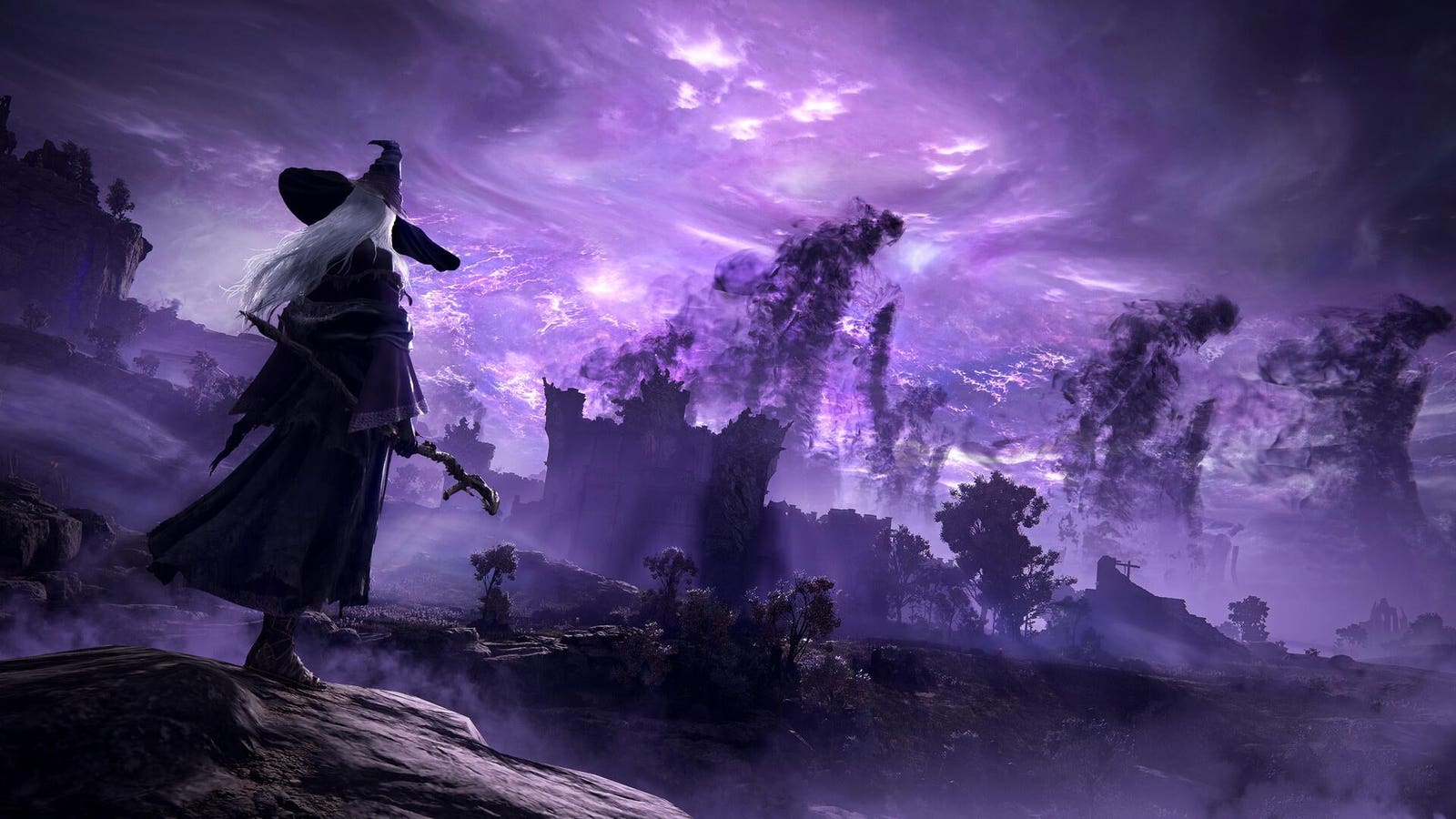NASA’s Curiosity rover snapped this view of polygon-patterned bedrock on May 4.
Mars is home to a lot of odd-shaped rocks that can look pretty random. Patterns, however, can catch scientists’ eyes. That’s the case with a section of polygon-patterned rocks spotted by NASA’s Curiosity rover. The geometric cracks are a bit of a mystery, but the rover is looking into it.
Current-day Mars comes across as an unpleasant place to live. It can reach painfully frigid temperatures and the surface is dry. That wasn’t always the case. Mars was once a more watery place. The planet’s history of water may play into the polygons. “While the origin of these shapes isn’t clear, they’re another clue into how and when Mars lost its water,” the Curiosity team said on X on May 6.
The Curiosity team shared a close-up color view of the polygon patterns snapped by the Mars Hand Lens Imager, one of the rover’s many cameras. MAHLI is located at the end of the rover’s robotic arm and helps the rover get into the personal space of Mars rocks and geologic features. The view shows a brown rock with distinctive angles.
The Curiosity rovers MAHLI camera snapped a close color view of the polygon-patterned bedrock.
There are several possible explanations for the polygonal cracks. Planetary geologist Catherine O’Connell-Cooper of the University of New Brunswick offered up a couple of ideas in a rover mission update on May 8. The cracks might have formed as Mars dried out billions of years ago. The shapes could also have formed later as groundwater moved through the bedrock. The mission update declared the area “polygon heaven.”
The polygon patterns resemble shapes seen in mud when it dries out on Earth. It will take more investigation before scientists can dial in the most likely origin for the distinctive patterns on Mars. “Spending time in this area will help us to tease out their origin by sampling as much of the diversity as we can, from regular bedrock to the stranger textured targets,” wrote O’Connell-Cooper. The team will compare data from the polygonal features with data from unpatterned bedrock.
Curiosity arrived on Mars in 2012, making it NASA’s oldest functioning rover on the planet. It’s traveled over 21 miles as it scales the slopes of Mount Sharp—the massive central mountain inside the Gale Crater. The rover’s primary mission has been to understand if Mars might have been habitable for microbial life long ago. Both Curiosity and its newer sibling rover Perseverance have a similar aim: to help us understand if there is or ever was life beyond Earth.
Curiosity has witnessed quite a few oddball formations in its time on the red planet. It spotted a rock that resembled the pages of a book and photographed a set of rocks with “dragon scale” patterns. The rover ran over and broke open a stunning rock full of yellow sulfur crystals last year.
The polygon-patterned rocks are the latest wonders to come under scrutiny from Curiosity and its team of human researchers back on Earth. NASA’s posts on Curiosity’s social media outlets are written as though coming directly from the rover itself. The rover had one more thing to say about studying the polygon patterns: “Science rocks—literally.”








